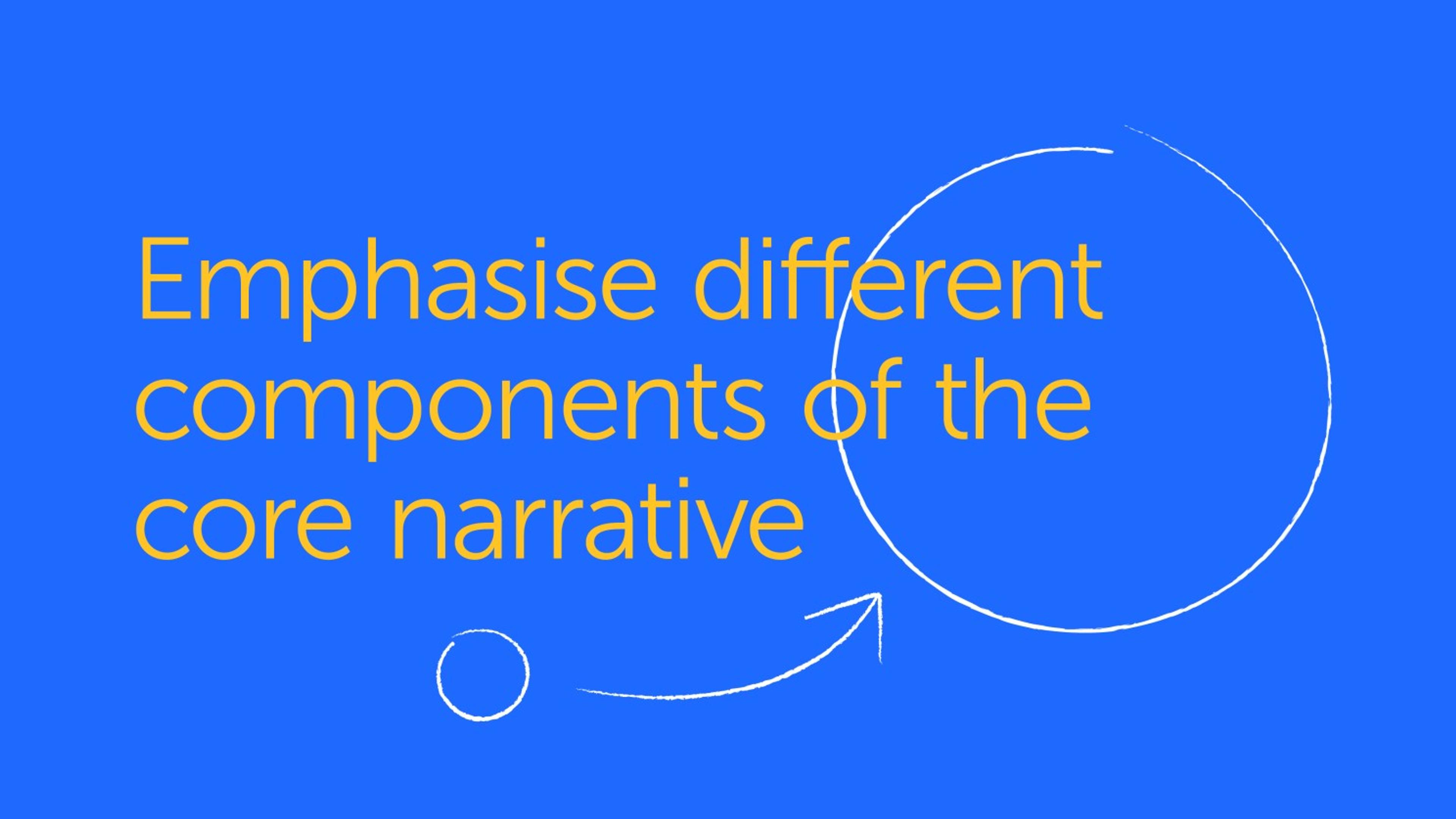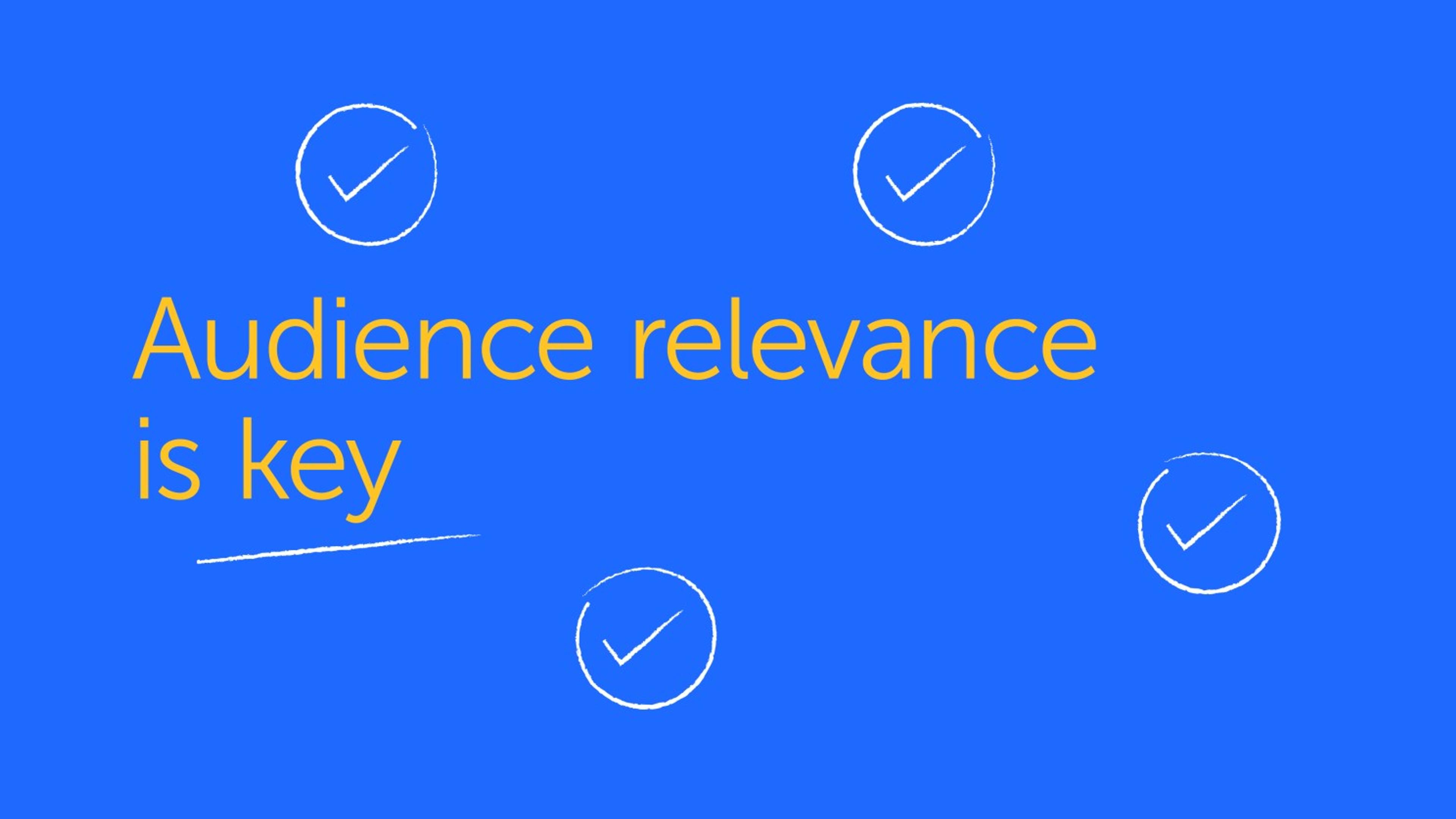24.07.25
Setting up a foundation
Communications considerations
Section 1.
Introduction.

What do we need to consider in our messaging and communications?
All your internal and external communications will have a new set of considerations. Here are a few prompts to get you started.
Section 2.
Audiences.

Who are your audiences?
Here is a starting list, but it may not be exhaustive.
- Trustees and Governors
- Parents, past parents, future prospects
- Parent bodies
- Pupils
- Alumni and alumni bodies
- Staff / teaching staff
- Feeder schools
- Local community
- Friends of the school
Section 3.
Communicating to groups.

Should you broadly communicate the same to each group?
The quick answer is no. For each stakeholder group you will need to emphasise different components of the core narrative to support their specific concerns.
- For some groups it will be about reassurance.
- For others it will be about long-term vision.
- Others will respond better to clear short-term improvements.
Section 4.
Engagement.

With multiple stakeholders to engage, how do you maximise your engagement with these groups?
First of all, understand your specific audience—their needs and concerns. As you go through this process, you will uncover how best to communicate effectively with them.
Then, you will likely need a big idea. A coherent engagement campaign, forged around something that everyone can buy into. The ‘big idea’ will hold everything together and give the campaign a sense of identity. This will allow you to deliver consistent yet targeted content for each key stakeholder group.
Make a communications plan. To curate and coordinate regular relevant communications through the correct channels. This may range from hand-written notes, to social posts, advertising, film and digital media.
Section 5.
Tone of voice.

What is the correct tone of voice for your communications?
This is simple: it is the same school, the same brand. So it should follow the school tone of voice. Your subject may be different and your audiences may differ too. But you must ensure that the foundation operates and communicates in sync with the school as one connected whole.
Section 6.
Channels.

What channels will you need to communicate through?
There are no hard rules around the channels you must communicate through. Any configuration can be successful with the right strategy. It should be bespoke to you, your school and your audience. But it will likely be a combination of digital, print and social mediums.
Section 7.
Balancing content.
How do you balance the content through these channels?
Depending on your audience, your resources for content production and your strategic guiding policy, you may lean into any specific marketing channel or aim to spread content equally.
Digital communications are currently king (for good reason), but printed communications present a different pace for certain audiences. As does an old fashioned hand penned note. Audience relevance is key; keep your mind open.

Section 8.
Assets.
What are the different assets you’ll require?
Depending on your big idea and communications strategy, a portfolio of campaign assets can be created for different audiences and channels. You should at least be aware of:
- The impact of video and short films
- The need for drama and impact in dressing environments for launch and events
- The immediacy, speed and analytics that go with digital and social communications
- The gravitas and perceived authority of printed collaterals
